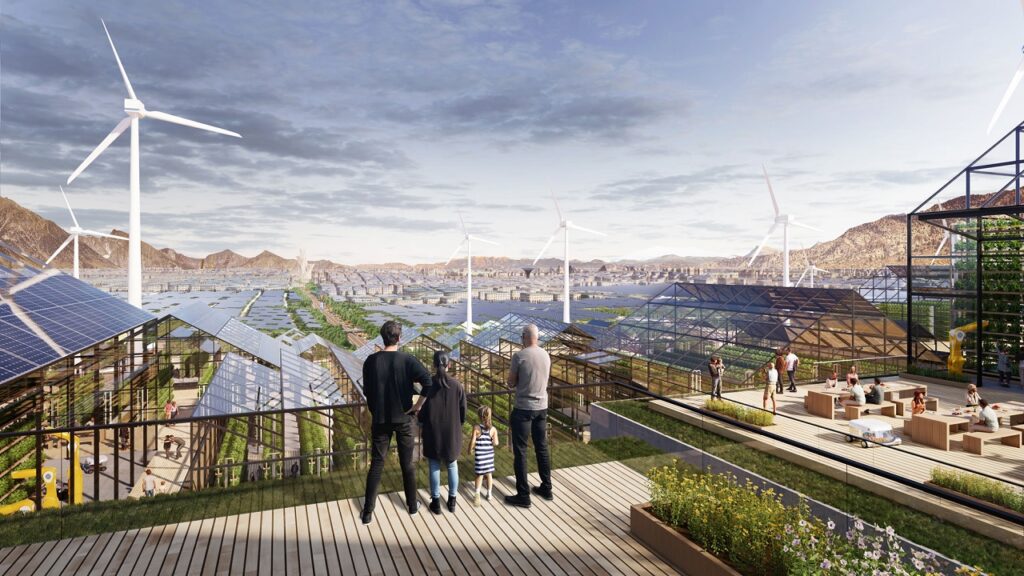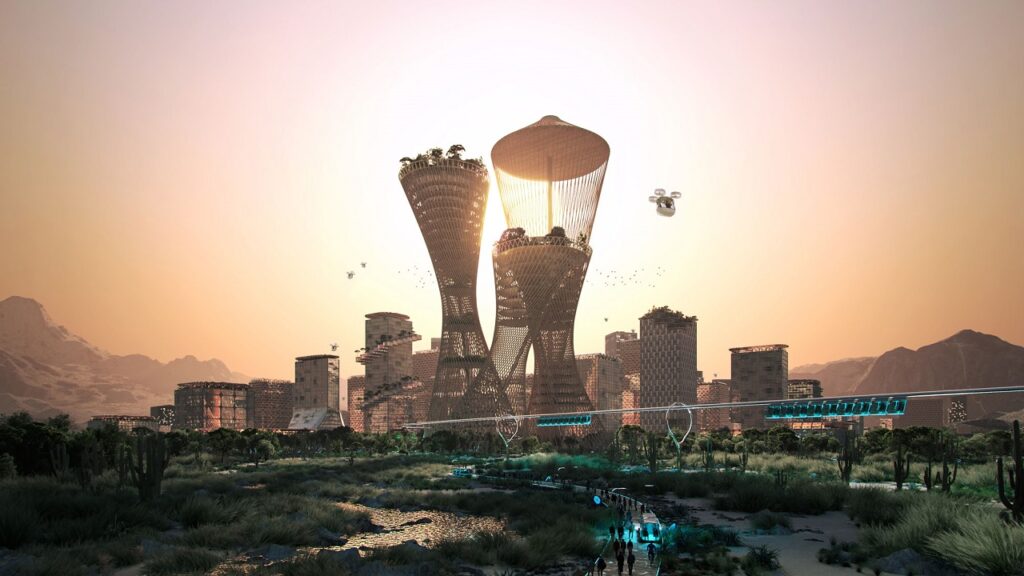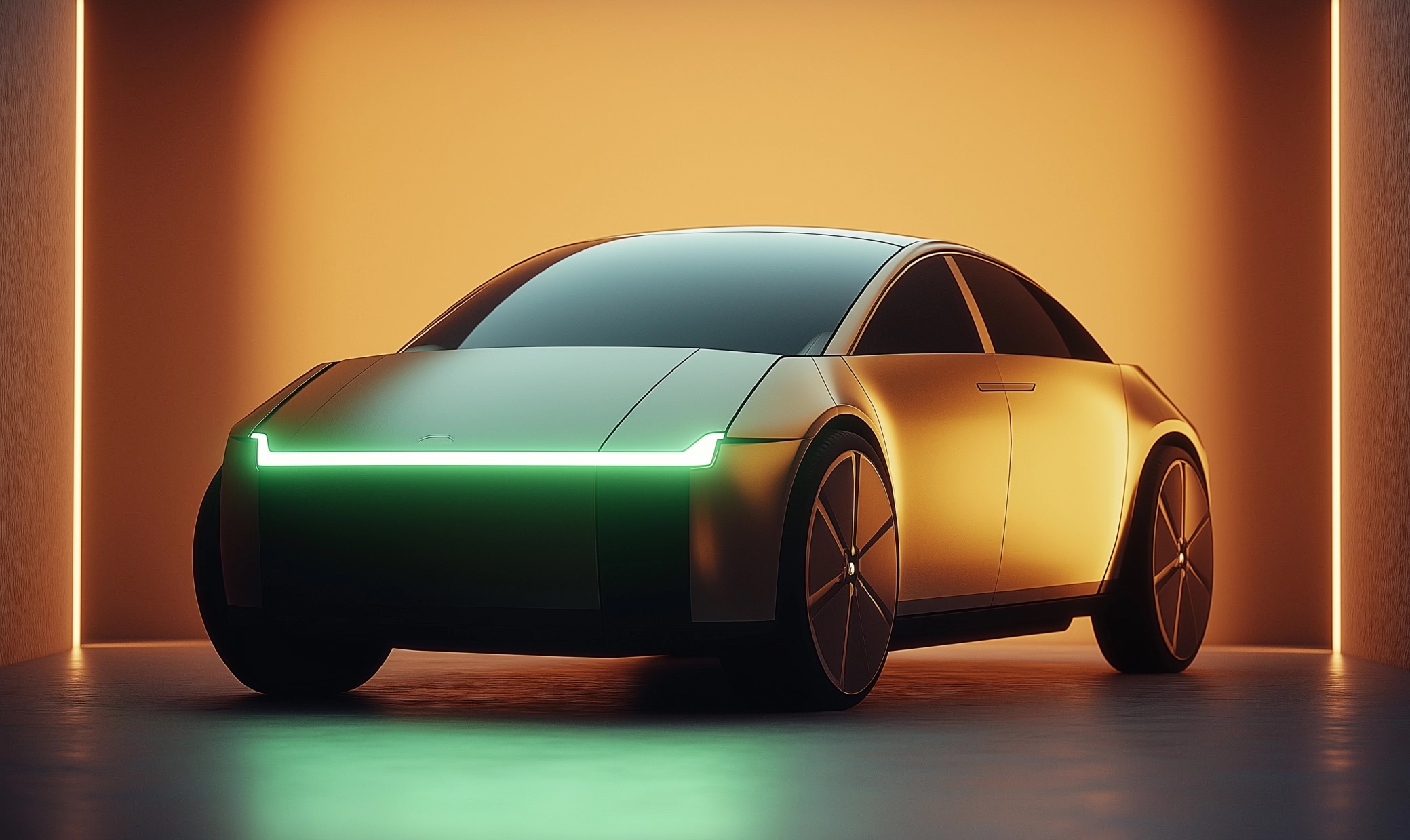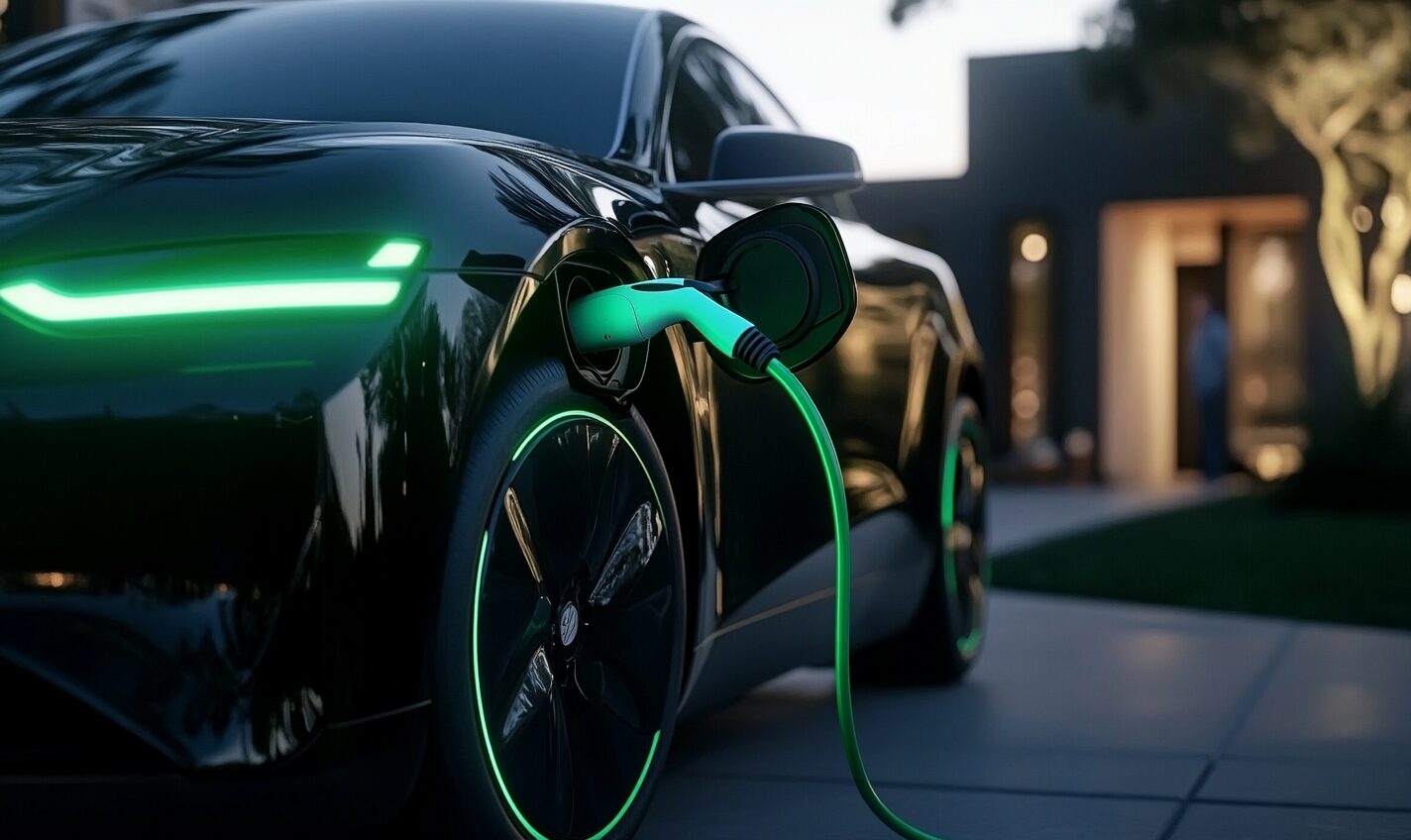Have you noticed the state of some of America’s cities? High crime rates, increasing rent, only a few benefiting and making decisions the people don’t agree with. It’s enough to make one wish for something different. If you dream of a Utopian city, where the citizens benefit from hard work as a collective and everyone has the same opportunity, Telosa may be the perfect vision for you. The futuristic urban city is like something in a science fiction novel, but with technological advancements is quite achievable–for a price.
Bjarke Ingels Group (BIG) is the architectural firm that designed the concept of residential buildings covered with greenery. Equitism Tower would be a huge skyscraper looking over the city and holding aeroponic farms. The concept is that it distributes what it produces. BIG is known as the co-designer for Google’s latest headquarters.
Who Is Developing Telosa?
American entrepreneur and billionaire Marc Lore is the driving force behind the concept. He’s known for founding Jet.com and Diapers.com. Lore is also the former CEO of Walmart.
Where will Telosa be built? The Utopian city is still in the planning stages. Telosa is still selecting the site where they might build. Lore has stated it will be in the United States. Stated potential locations are:
- Utah
- Nevada
- Idaho
- Arizona
- Texas
- Appalachian Region
There are some issues with building in a harsh desert environment in the Nevada, Arizona and Utah triangle. While there are ways to overcome such conditions, they are costly and could negate the idea of creating a city that becomes worth more as everyone works together.
Telosa Moves Forward
You’ve likely heard of futuristic cities such as Oceanix Busan of South Korea and The Line in Saudi Arabia. The project will cost about $400 billion to complete. A recent article predicts the city will start admitting residents as early as 2030. People can register for citizenship consideration right now.
Creators plan to use renewable energy and cars won’t be needed as everything anyone could want is planned for a 15-minute walking radius, similar to how some European cities are. Fossil fuel vehicles will be prohibited, but there will also be scooters, bicycles and public transportation. Lore and architects planned the city of 150,000 acres to be home to around five million people by 2050.
One concept attractive to many is the idea of not paying taxes on what you earn but simply sharing the benefits of all working together in a diverse community. On the Telosa website, they promise their first selections will show a diverse population but they don’t specify what they mean. One can assume a mix of genres, ages, races and cultures.
Phases of Construction
One of the biggest issues with seeing the project to completion is figuring out how to build in a harsh and difficult environment such as the American desert.
Phase 1: Make a Final Decision on Exact Location
At the time of publishing this article, Telosa is still a city in limbo. While they’ve narrowed down the areas they might like to build, a final decision is yet to be reached. The planners are likely looking for the most land for the least money as the model involves a corporation owning the land and residents leasing or building on top of land they don’t own.
The theory is that the citizens benefit as the city puts money back into things and the value increases for everyone over time. The first phase will cost around $25 billion dollars if things go well, but it is the desert.
Phase 2: Notify Initial Residents
The website promises that the first residents will be ready to start moving by 2030 and people will be notified soon. Yet, the registration remains open on their site, making one wonder if they’ve received enough applications to date.
Phase 3: Break Ground
For people to move into a utopian city, they’d need infrastructure in place. The city would need some form of power, water for drinking, agriculture and cooling, a way to combat soaring desert temperatures and complete shelter. They’d also need to ensure deliveries were readily available at first, as it might take some time for complete autonomy.
Since the construction sector creates around 37% of global emissions, turning to green construction methods may be on the agenda, but again will drive the cost up.
The sheer magnitude of what must be accomplished to make even a small portion of the Utopian city is almost unimaginable. Of course, money can accomplish a lot, so it remains to be seen when or how quickly Telosa arrives.
Not Everyone Loves the Idea
While the idea of a perfectly encapsulated city where everyone is equal sounds amazing, there are some cons people have mentioned. For one thing, the proposed model sounds a bit like socialism, with the city in charge of everything but the people not owning what they work so hard to build. There are still people in charge, they are just an elite few.
Since everything is equal, what is the motivation for anyone to labor? You could theoretically watch Hallmark movies all day and get the same benefits as everyone else—although, maybe they’d kick you out of Telosa for certain negative actions.
There is also no mention of how they’ll handle crime, mental illness and aging citizens who can’t contribute. One article in The Guardian ponders if you can make the world better by giving complete control to someone who is a billionaire. Jessa Crispin suggests the way to make failing cities better is by making sure rich people are less involved in decision making and the common man more so.

Other critics have pointed out why it’s impossible to build the city in the desert for a reasonable cost and that it would not be sustainable. They point out concerns such as the concept drawings showing windmills in the center of the city, which would create massive noise and vibration that would drive residents bonkers.
Is Telosa the First of Many Utopian Cities?
Will the Utopian city ever become a reality? $400 billion sounds like a high hill to climb, combined with building in a remote and uninhabitable location. Finding people willing to labor without the assurance of owning a piece of the decision making or private profits might also be a big ask.
However, someone had to make the first car, airplane and telephone. Lore has a vision for what the future of the world looks like in the next thirty to fifty years. Whether you agree with his concept or not, you have to admire his passion and vision for something he believes in. It will be interesting in the next few years to see if Telosa flourishes or fades into the realm of unrealized ideas.
*Renderings courtesy of Press Kit on CityofTelosa.com
Recent Stories
Follow Us On
Get the latest tech stories and news in seconds!
Sign up for our newsletter below to receive updates about technology trends




